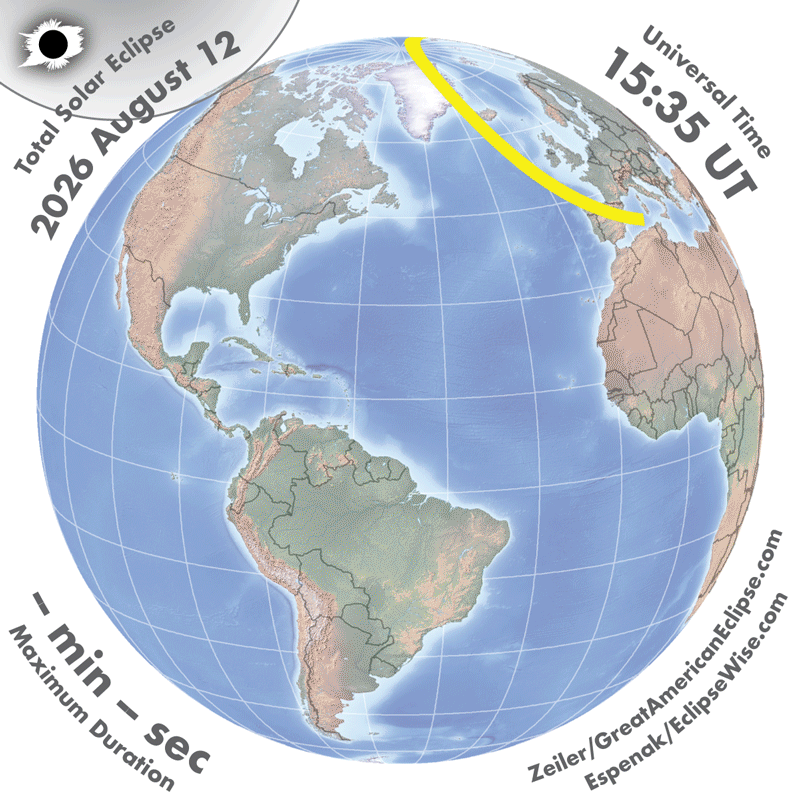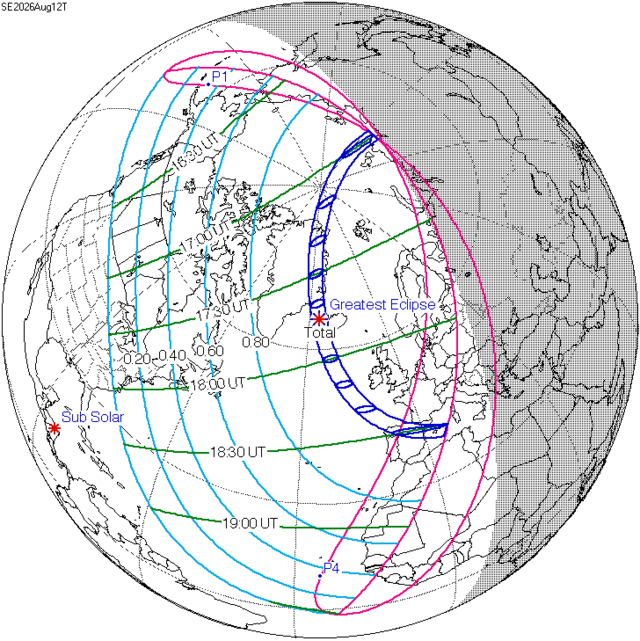1
Flat Earth Investigations / Re: Physicist Brian Cox on Universal Acceleration
« on: June 13, 2025, 09:22:40 PM »Quote from: LongtitubeDo you ever read and try to understand the material you cite? The "Seafloor Compliance" study is about deformation of the sea floor under pressure from water waves. You have read the terms "gravity wave", "infragravity wave" and "ultragravity wave" and thought this must be how gravity is detected, but nowhere in that study is measuring acceleration due to gravity even mentioned, nor is a measured gravitational acceleration given.
Yes, I did read it. It says that a gravimeter is reading these "gravity waves" which are measured in Hz, therefore a gravimeter is a seismic detecting device. It also shows that seismic data is interpreted as gravity data. The fundamental error here is in not understanding the principled of what is being detected.
The paper explicitly says the gravimeter is measuring seafloor acceleration:
Quote
We use a LaCoste-Romberg underwater gravimeter to measure seafloor acceleration [Lacoste, 1967; Hildebrand et al., 1990]. This sensor is used as a long-period seismometer on land [Agnew and Berger, 1978] and its useful frequency range is two decades lower than typical ocean bottom seismometers
This seafloor acceleration is compared with water wave pressure. The fundamental error here is not understanding what is being measured.
In the caption we see reference to detecting gravity waves. The "correlative mean" on 30 September is given as 980270189.75 uGal, but we see in the chart that the actual values presented are very low. The values go above and below 0 over time, just like a seismometer .... we read that absolute gravimeters detect gravity waves and also produce data which looks like a seismic chart.
At last, an explanation. Finally, some reasons behind the erroneous claims of what gravimeters do. Unfortunately, they are based on glaring misunderstandings.
Micro-g Lacoste supply "g9" software with the A10 and FG5-X absolute gravimeters already mentioned, both of which are free-fall instruments dropping a reference object in a vacuum. The software reads data from the gravimeter and also controls its operation.
https://microglacoste.com/download/g9-users-manual/
Quote
How g[9] Processes Gravity Data
This manual assumes the user is familiar with the operation of a Micro-g LaCoste freefall gravimeter. An object is dropped in a vacuum and a laser interferometer is used to accurately track the freefall. The precise timing of optical fringes (which provide distance information) allows the acceleration of gravity, g, to be determined.
The gravimeter times the drop of an object, measures how far it drops and the software calculates the acceleration of gravity from that information – this is repeated many times and the results aggregated. The gravimeter is programmed by the user to perform a prescribed number of drops and these constitute a set of data. The user also programs how many of these sets are performed and these constitute a project. So the user can look at the acceleration for a particular drop, the average acceleration for a set of drops and the average acceleration for all the sets. All the data is preserved. The user can also set the time beween drops and how long to wait between finishing one set and starting another.

This is an example from the g9 software. The project was to make 12 sets of 100 drops, 1200 in all. The most recent drop, drop #100 in the current set, gave a corrected figure of 979647287.69 μgal (microgal). The current set is set #2 and the average corrected figure for the set is 979647288.94 μgal. The project corrected average is 979647289.79 μgal across all the drops measured so far, only 2.1 μgal different from the individual drop shown. That’s 2.1 hundred millionths of a m/s².

https://microglacoste.com/wp-content/uploads/2017/03/Brochure-A10.pdf
This is data recorded in a single set of 120 drops. Each green dot represents a single measurement of gravitational acceleration. The chart also gives the measurement of the latest drop, 979631880.39 μgal which is #120 in the set.

This is data from 16 sets of measurements. Each dot represents the average of the measurements and the vertical line at each dot represents the error bar for the set. (this should look familiar)
Anyone can see the data from the gravimeter is discrete values, not a continuous reading like that from a seismograph:

https://www.researchgate.net/profile/Codrin-Donciu/publication/366458878/figure/fig2/AS:11431281118234473@1675697733420/Typical-seismogram-21.jpg
However, the much more important misunderstanding is in reading the data charts, which are actually scatter charts.
Quote
...we see in the chart that the actual values presented are very low. The values go above and below 0 over time, just like a seismometer.
No, they don't, that type of scatter chart shows the small variations above and below the "correlative mean". A point at -5μgal on the chart is a value of the correlative mean minus 5μgal, a point at +2.2μgal represents the cumulative mean plus 2.2μgal. This type of scatter chart is commonly used in gravimeter-related literature, but if you're not familiar with it, this is an easy mistake to make. Nevertheless, if the measurement were really of very small acceleration values, where then would the "correlative mean" figure come from? You have no idea.
No frequency data is recorded by the gravimeter. No data of seismic vibrations is to be seen in the data. It's obvious that a free-fall gravimeter is not a seismometer, period.
Finally, here's a scatter chart of drop set measurements from a prototype freefall drop gravimeter which unusually uses a conventional scale to show acceleration results. Note the individual points and their error bars:

https://repository.geologyscience.ru/bitstream/handle/123456789/33805/Fall_03.pdf?sequence=1
I hope you now see and understand where the ideas of a "seismic interpretation of gravity" and "vibrating gravity theory" have gone badly wrong. I don't know whether they are your ideas or someone else's, but like UA you would do well to forget them.










